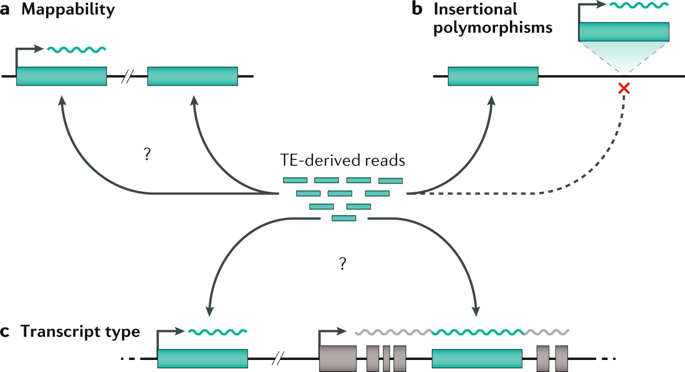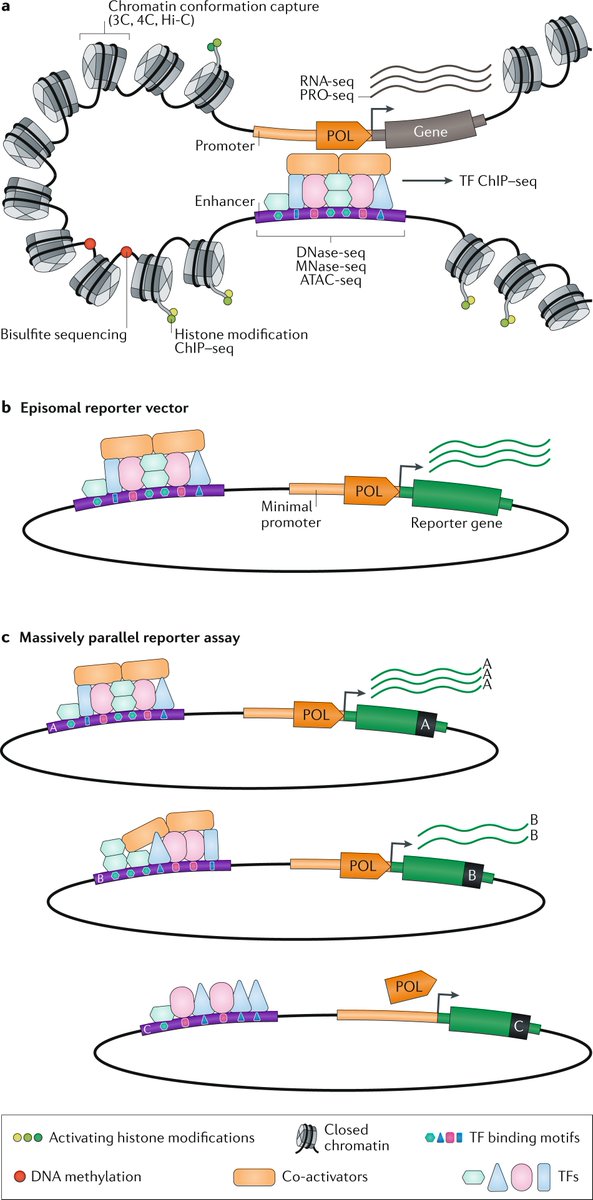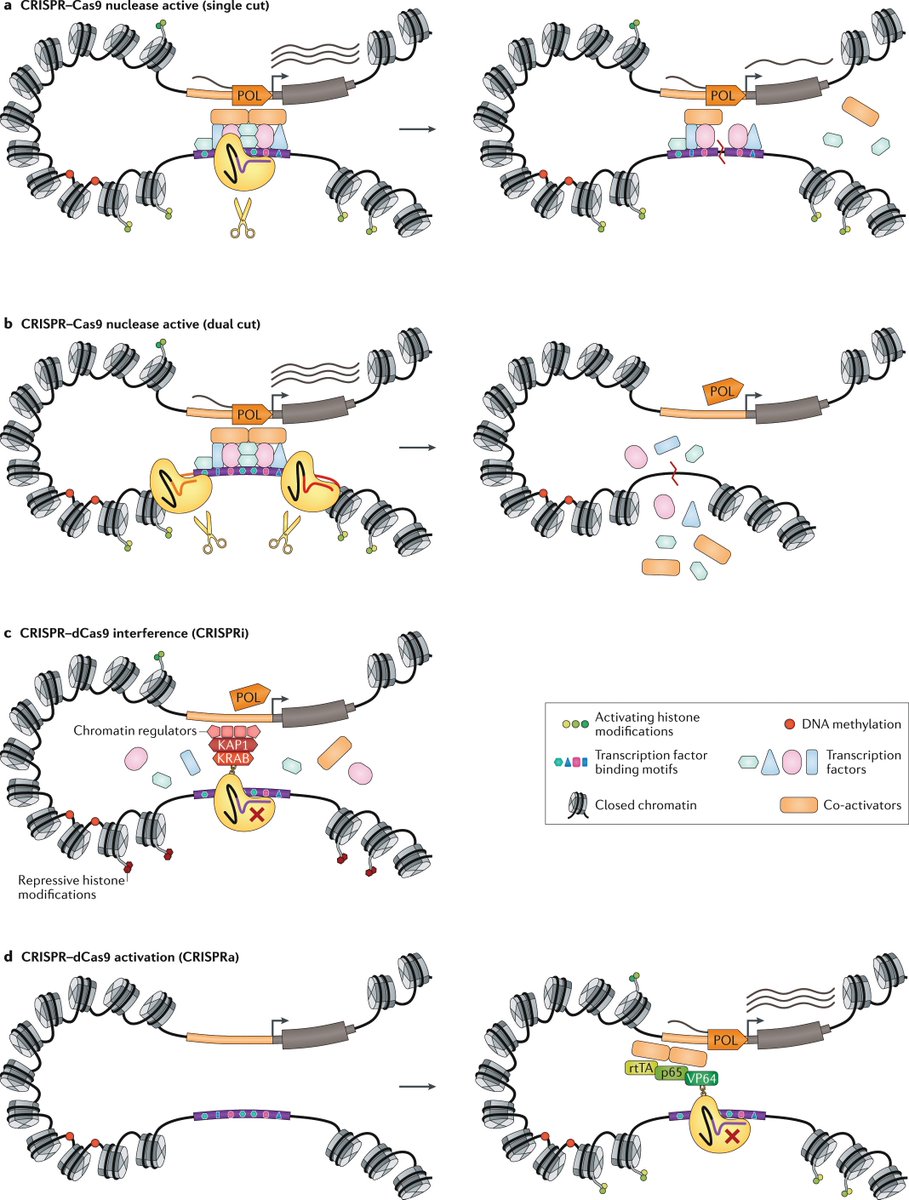Primary cilia as dynamic and diverse signalling hubs in development and disease go.nature.com/3GXbr6T #Review by @Mill_lab, @t_soren & @LottePedersen12
Primary cilia are essential for regulating signalling pathways during development and adult homeostasis. Mutations in genes affecting primary cilia cause an overlapping spectrum of >30 human diseases and syndromes, the ciliopathies. 

Given the immense structural and functional diversity of the mammalian cilia repertoire, there is a growing disconnect between patient genotype and associated phenotypes, with variable severity and expressivity characteristic of the ciliopathies as a group 

Recent technological developments are rapidly advancing our understanding of the complex mechanisms that control biogenesis and function of primary cilia across a range of cell types and are starting to tackle this diversity 

In this Review, the authors examine the structural and functional diversity of primary cilia, their dynamic regulation in different cellular and developmental contexts and their disruption in disease. 

• • •
Missing some Tweet in this thread? You can try to
force a refresh

















